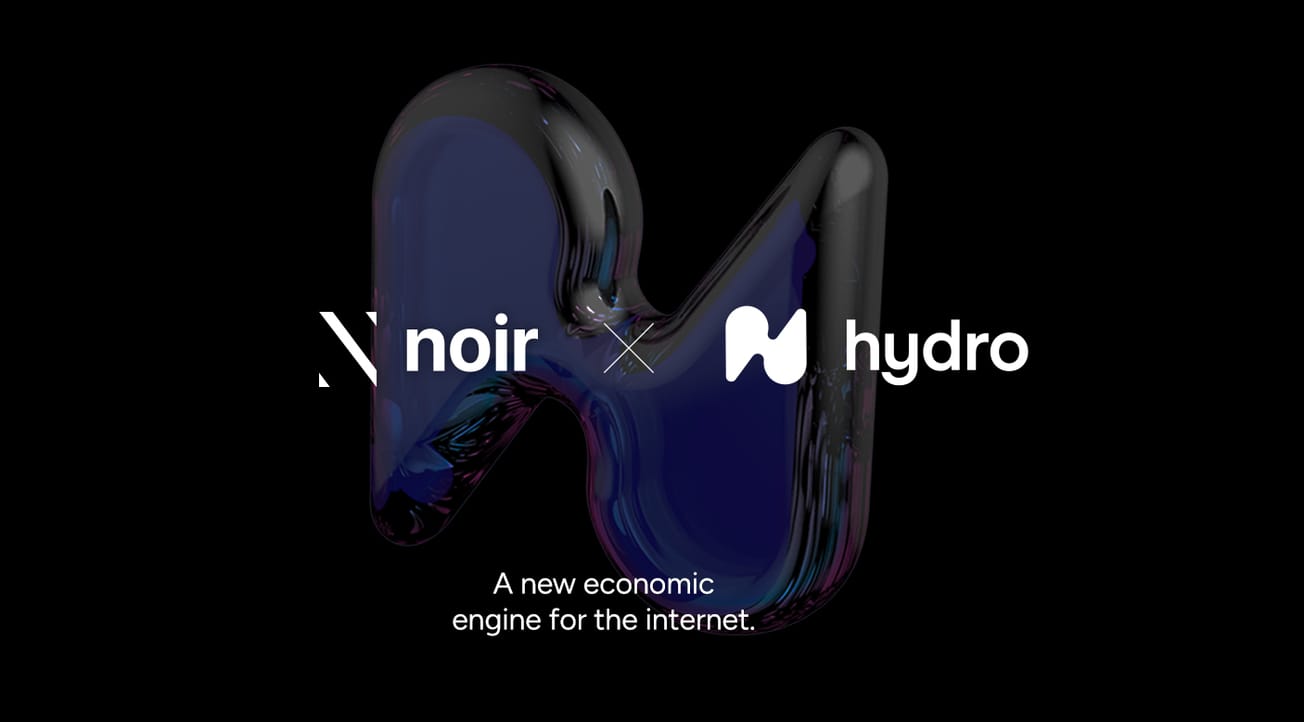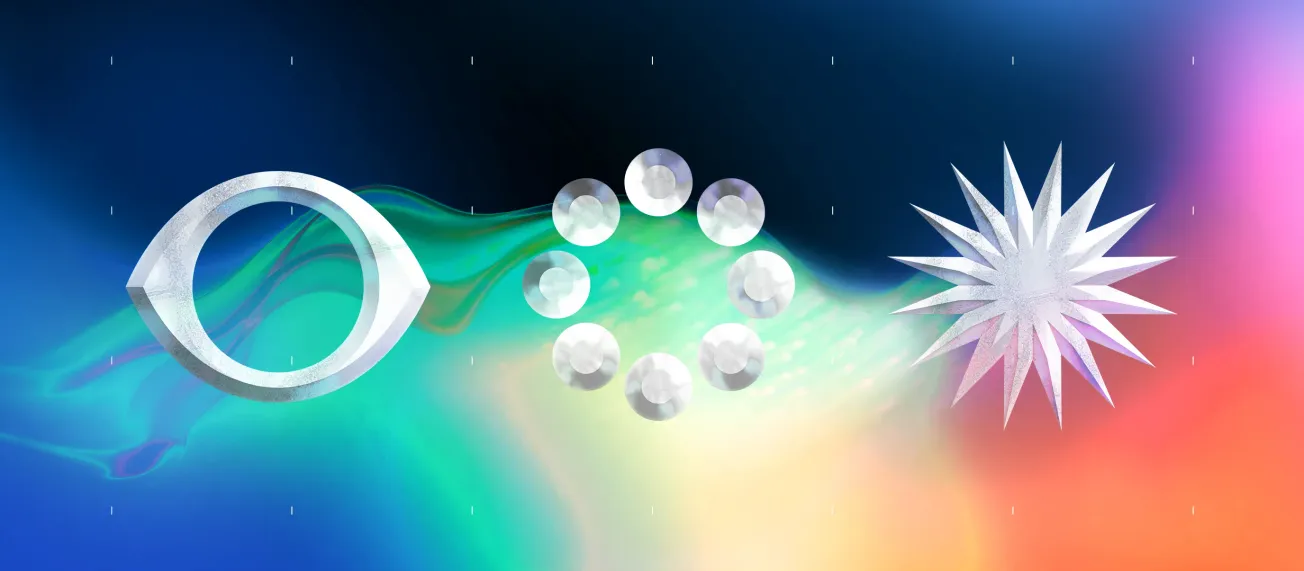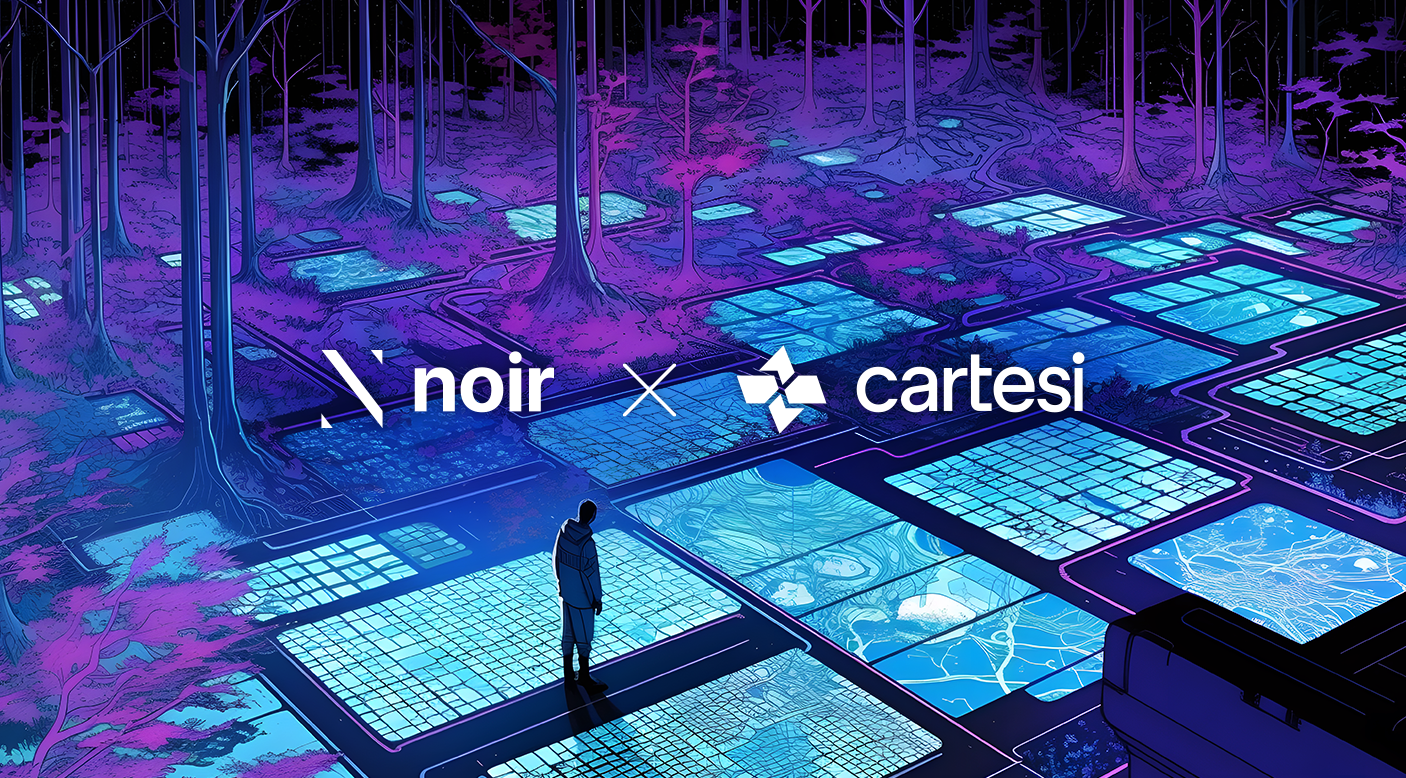NFTs have been a major buzz in the recent zeitgeist—for good and bad reasons—with funny monkey jpegs selling for multi millions, ponzi scams created using the hype-bearing tokens, and even varying environmental concerns directed at the new technology. A lot of people think they’re scams simpliciter—and if you have a certain view of NFTs in mind, it can be hard to disagree. But there’s also little dispute that the underlying technology, with further work, could play a big part in the metaverse, empowering digital ownership, transference, and interoperability.
In fact, NFTs are already being used to try to prevent counterfeits in the world of wines.
BlockBair Raises the Bar
In most restaurants, the most expensive thing on the menu is usually the wine. At its priciest, the most valuable wine ever sold was a bottle Of Romanée-Conti 1945. With only 600 bottles ever made, a collector acquired one in 2018 for a whopping $558,000. And where there’s big money, there are people looking to make it quick. Wines are especially subject to rampant counterfeits and fakes: Infamous wine fraudster Rudy Kurniawan conned collectors out of millions before being arrested by the FBI in 2012.
A recent web3 startup, BlockBar, is tying NFTs to collectible wines in a bid to prevent fakes. Instead of a middleman auction taking a cut, buyers and collectors can get a digital collectible straight through the Ethereum blockchain on BlockBar’s marketplace. Holders can then redeem the NFT (by ‘burning it’) to receive the physical copy of that wine—but since the NFT is burned, this means they won’t be able to resell it via the digital marketplace. They can also hold the NFT if they see it as a mere collectible or investment, without a need to redeem it.
The physical twins are stored in a high-security, temperature-controlled room in Singapore. It’s thought to be a benefit that collectors who might be inexperienced in caring for or moving wines—especially if they’re as clumsy as me—don’t have to interact with the physical artifact. CEO and co-founder Dov Falic believes this change is "a way to democratize the market" while empowering owners.
Digital Twins for Wine–Low Hanging Fruit?
If NFTs could be used to prevent counterfeits, then taking it a step further and into the metaverse, digital twins could also be used to prevent counterfeits. With the increasingly complex digital-physical interface, digital twins could prove a useful technology in fine winery and other industries upset by counterfeits. Fine wine retailer Vinsent has recently teamed up with tech start-up Laava that uses ‘smart-fingerprints’ on wine bottles to mark them out as unique. Vinsent has also opted for blockchain, using the Ravencoin ledger to mint NFTs as wine bottles and create digital twins to authenticate the corresponding physical bottle.
In the future, we might see the cyber-physical interface become even more harmonious, with information freely flowing between the two sides to allow users to virtually visit their wine collections in VR.










